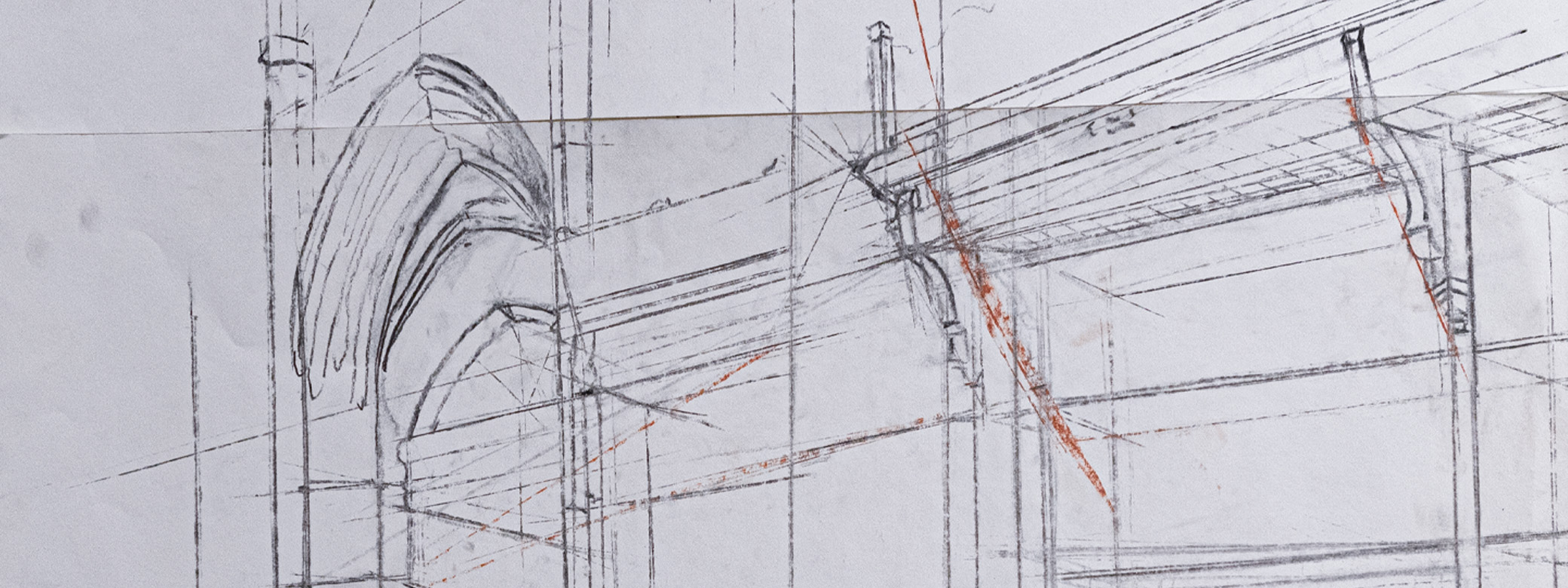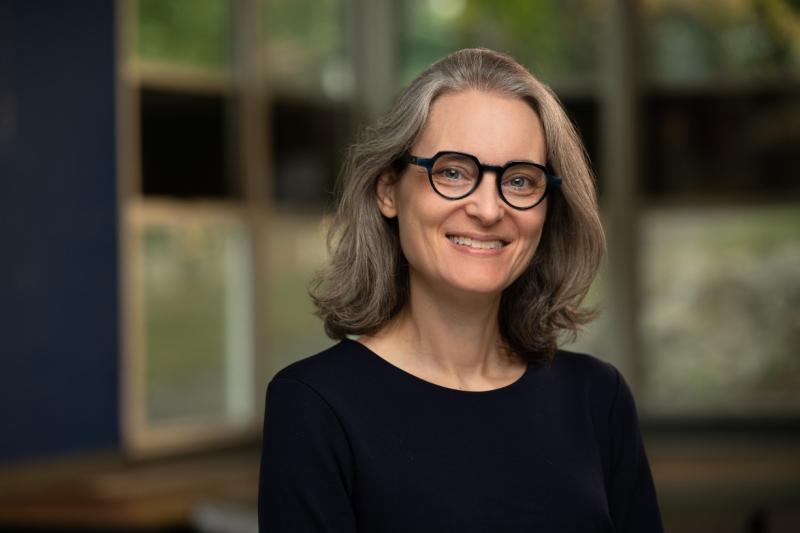SEATTLE, WA — The School of Art + Art History + Design is excited to announce Tanya Sheehan as the 2025 Kollar Lecturer in American Art. Sheehan's lecture, titled Public Art, Public Health: Jacob Lawrence and the Murals of Harlem Hospital, takes place on February 27 at 6:00 pm in the Intellectual House on the UW Seattle campus. The lecture is free and open to the public. View event details.
Tanya Sheehan is Ellerton M. and Edith K. Jetté Professor of Art at Colby College; Chair of the Department of Science, Technology, and Society at Colby; and Director of Academic and Scholarly Engagement at the Lunder Institute for American Art at the Colby College Museum of Art. She has been a research fellow at Harvard University’s Hutchins Center for African and African American Research since 2012. She has served as executive editor of the Smithsonian Institution’s Archives of American Art Journal since 2015. Sheehan is the author of Doctored: The Medicine of Photography in Nineteenth-Century America (2011) and Study in Black and White: Photography, Race, Humor (2018). Her edited books include Photography, History, Difference (2014), Photography and Its Origins (2015, with Andres Zervigon), Grove Art Guide to Photography (2017), Photography and Migration (2018), Andrew Wyeth: Life and Death (2022), and Modernism, Art, Therapy (2024, with Suzanne Hudson). She is currently writing a book that explores the subjects of medicine and public health in twentieth-century art by African Americans.
About the Lecture
PUBLIC ART, PUBLIC HEALTH: JACOB LAWRENCE AND THE MURALS OF HARLEM HOSPITAL
When Jacob Lawrence first painted the free clinic of Harlem Hospital in 1937, Harlem’s largest public healthcare facility was teaming with artists hired by the federal government and working under the supervision of Lawrence’s art teacher and mentor, Charles Alston. Although Lawrence was too young to work officially on Alston’s team, significant connections to the murals can be found in his artwork, in the murals themselves, and in their shared participation in a discourse on race, medicine, and health in urban America. In exploring these connections, this talk shows how Black life could and could not be represented on the walls of Harlem Hospital, and how a commitment to the publicness of Black care took shape in Lawrence’s private images.
The Kollar Lecture is made possible by the Allan and Mary Kollar Endowed Chair in American Art History.

